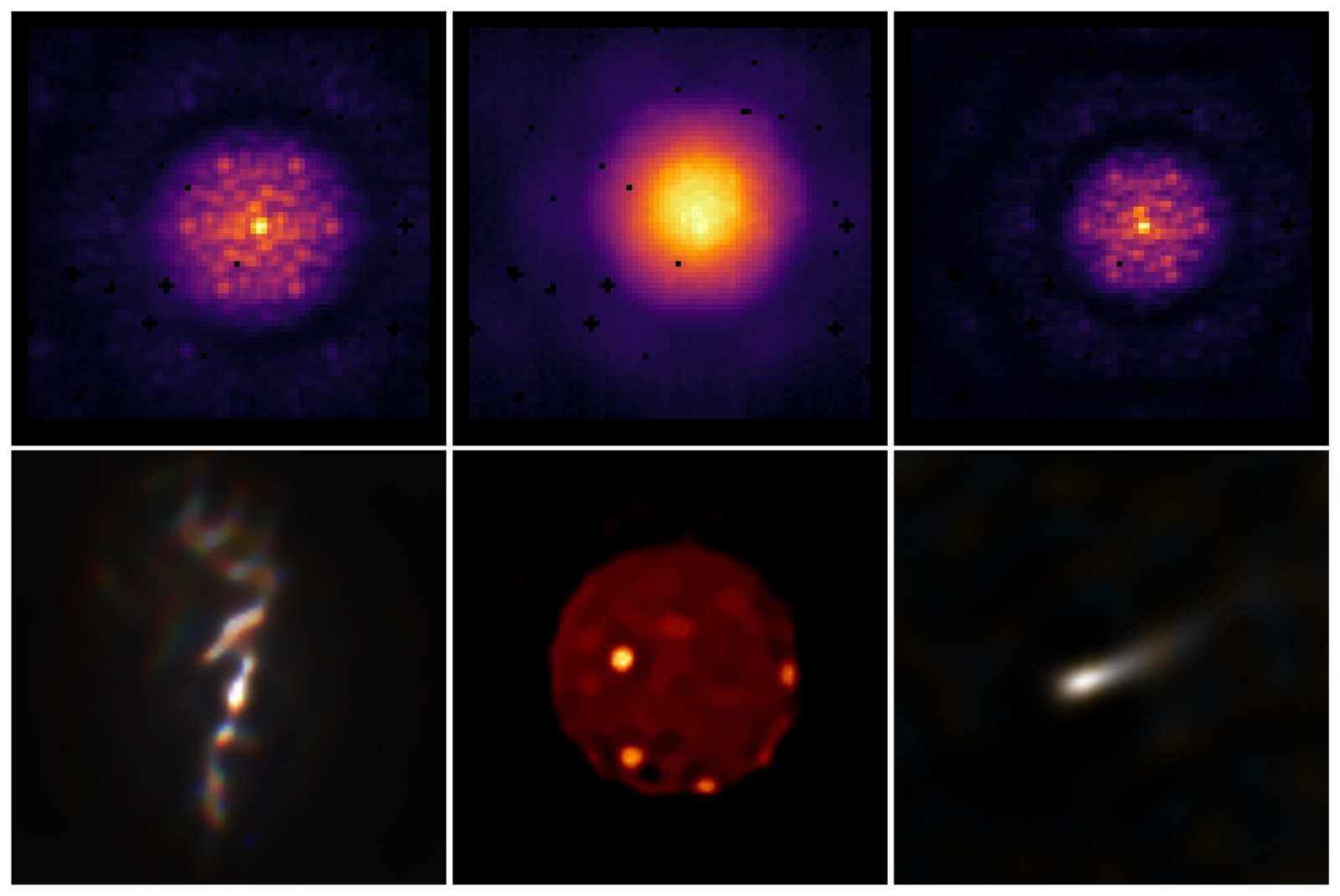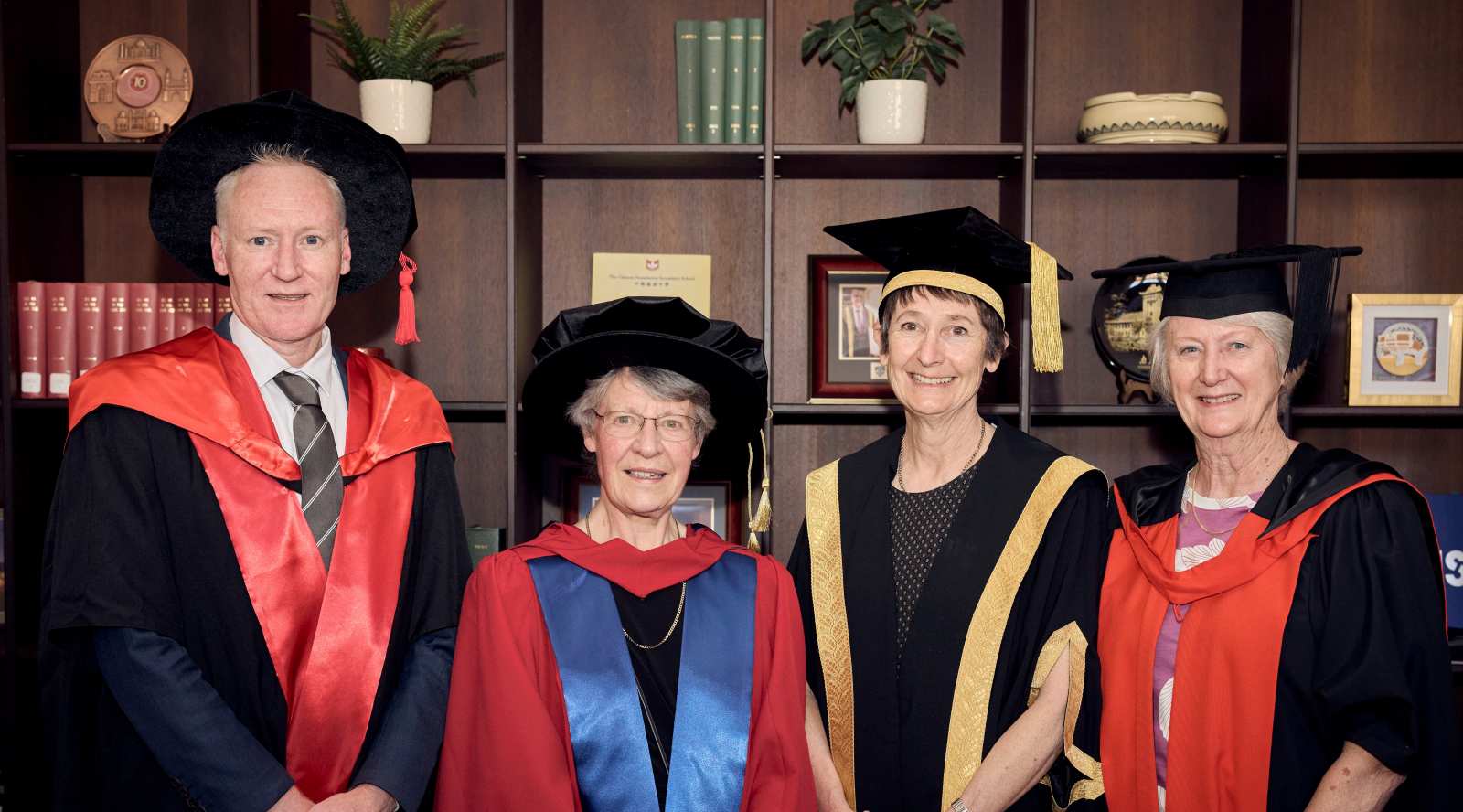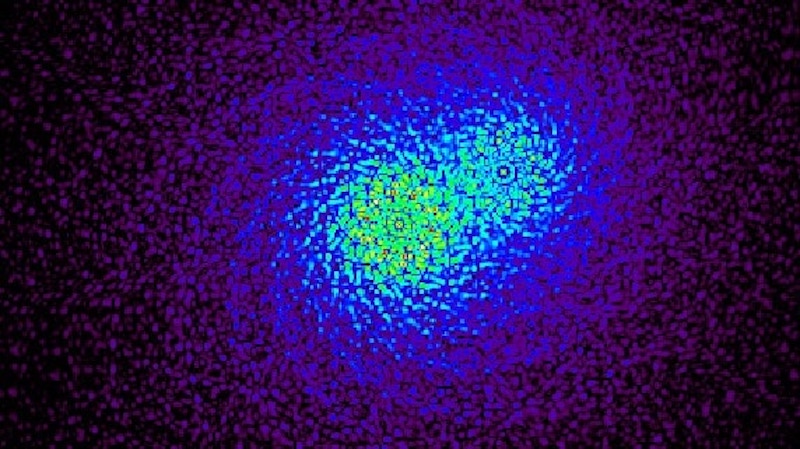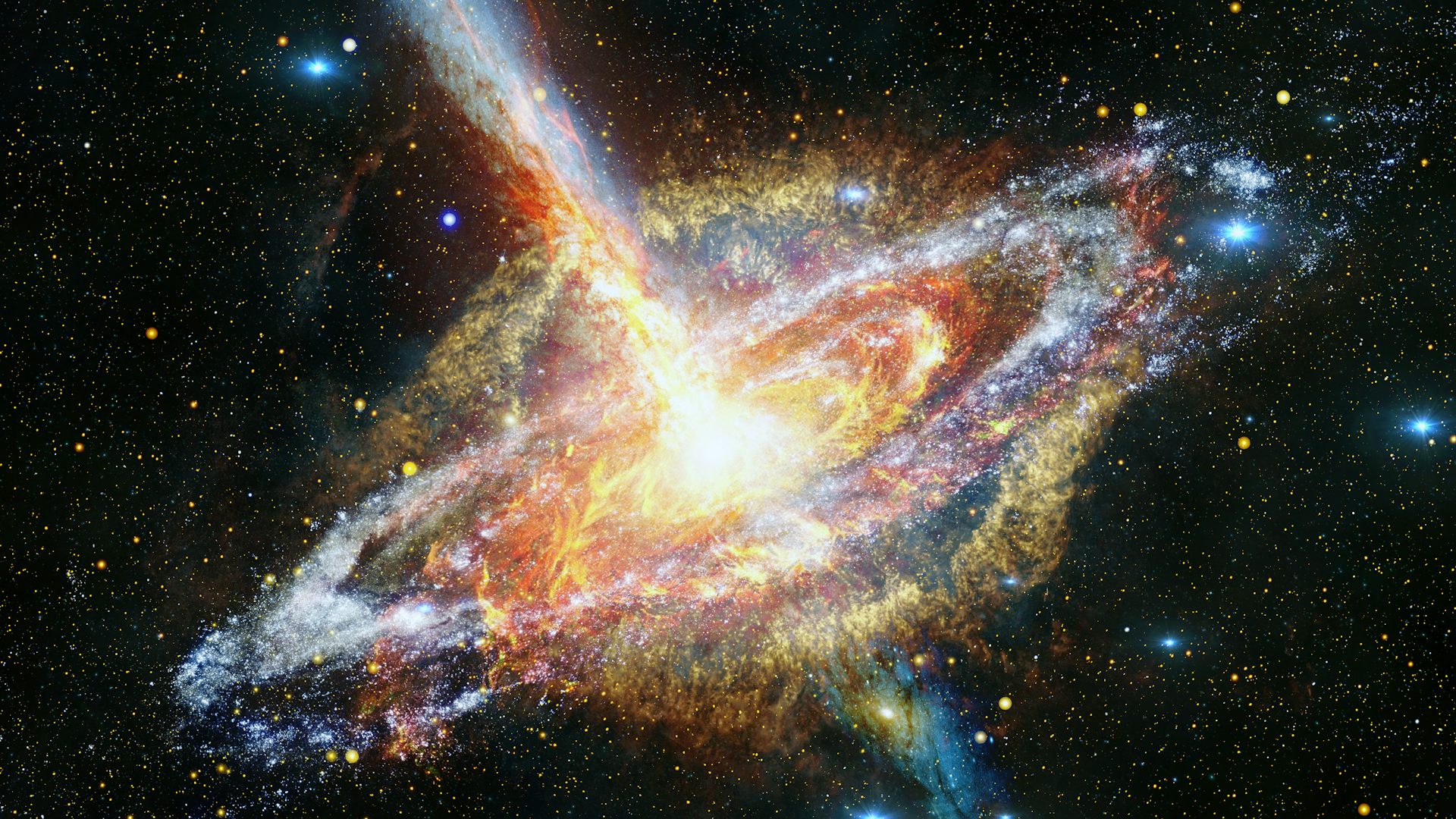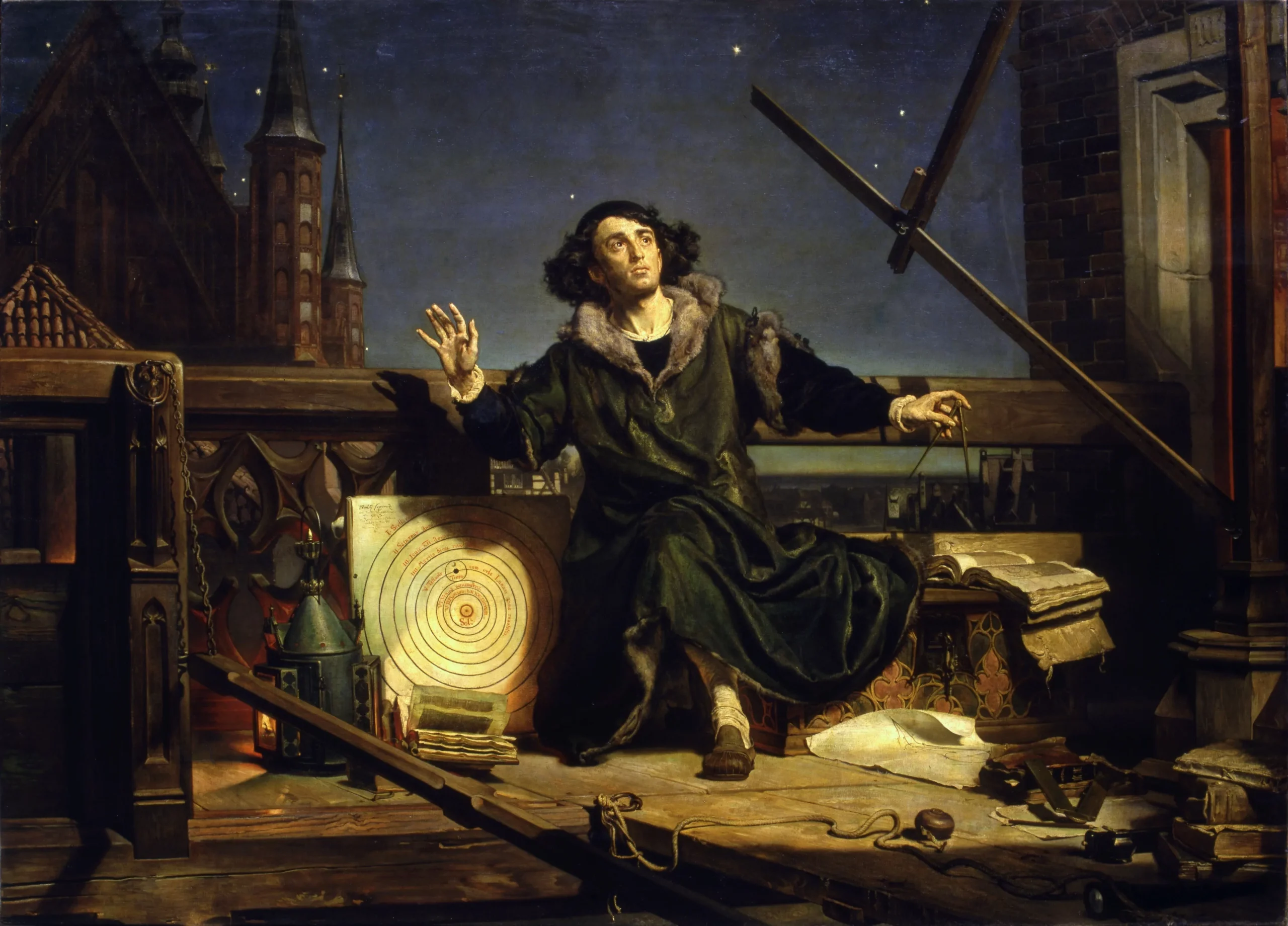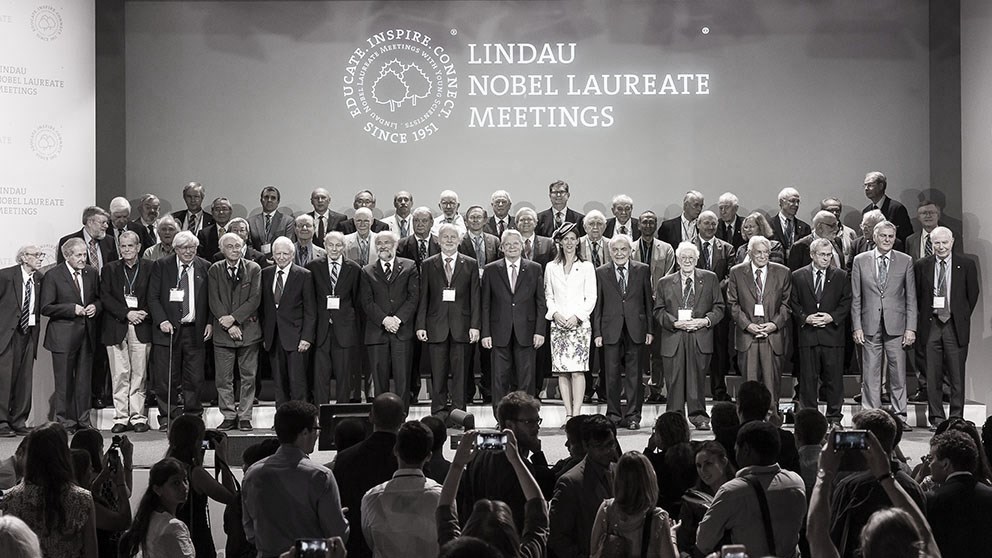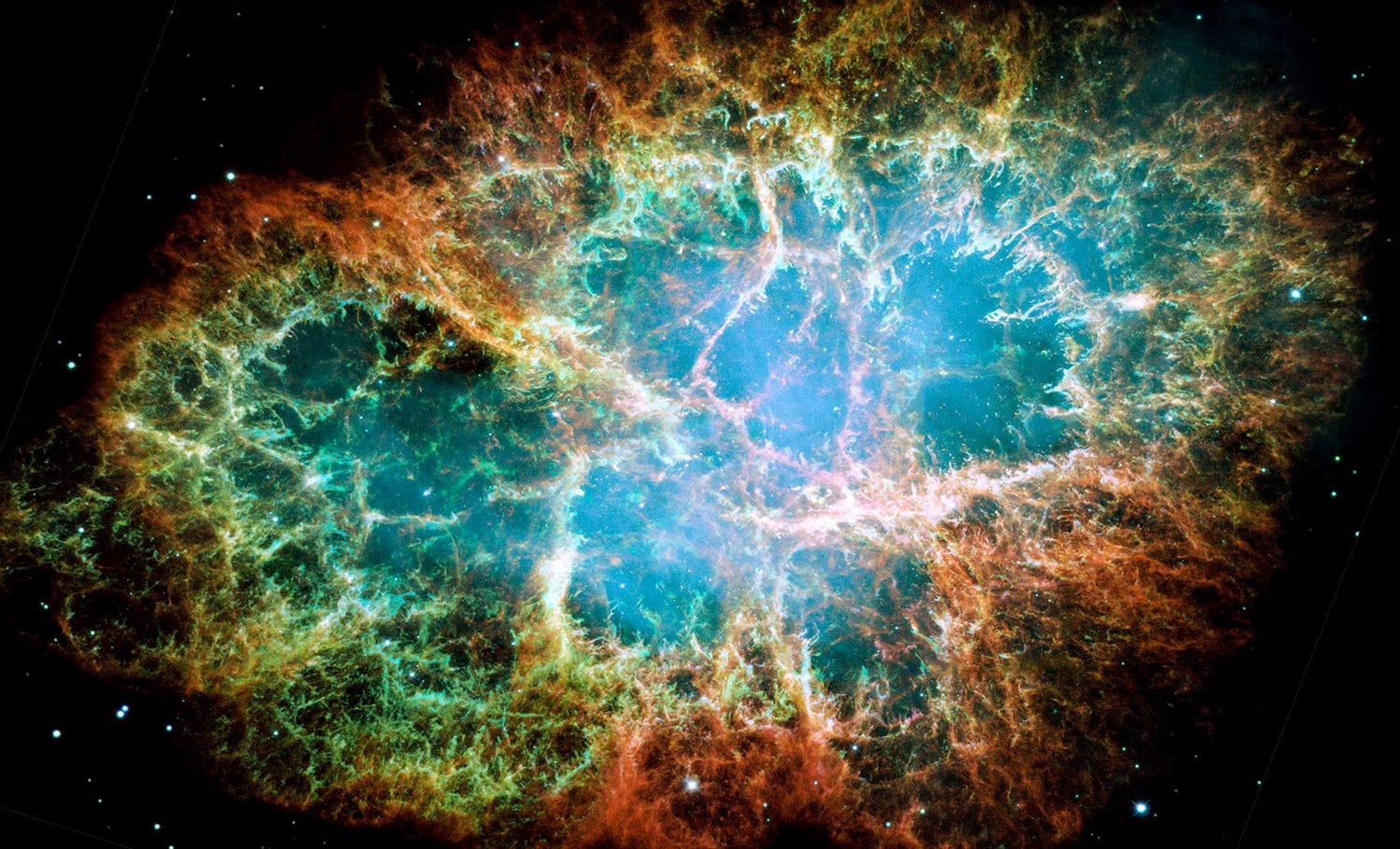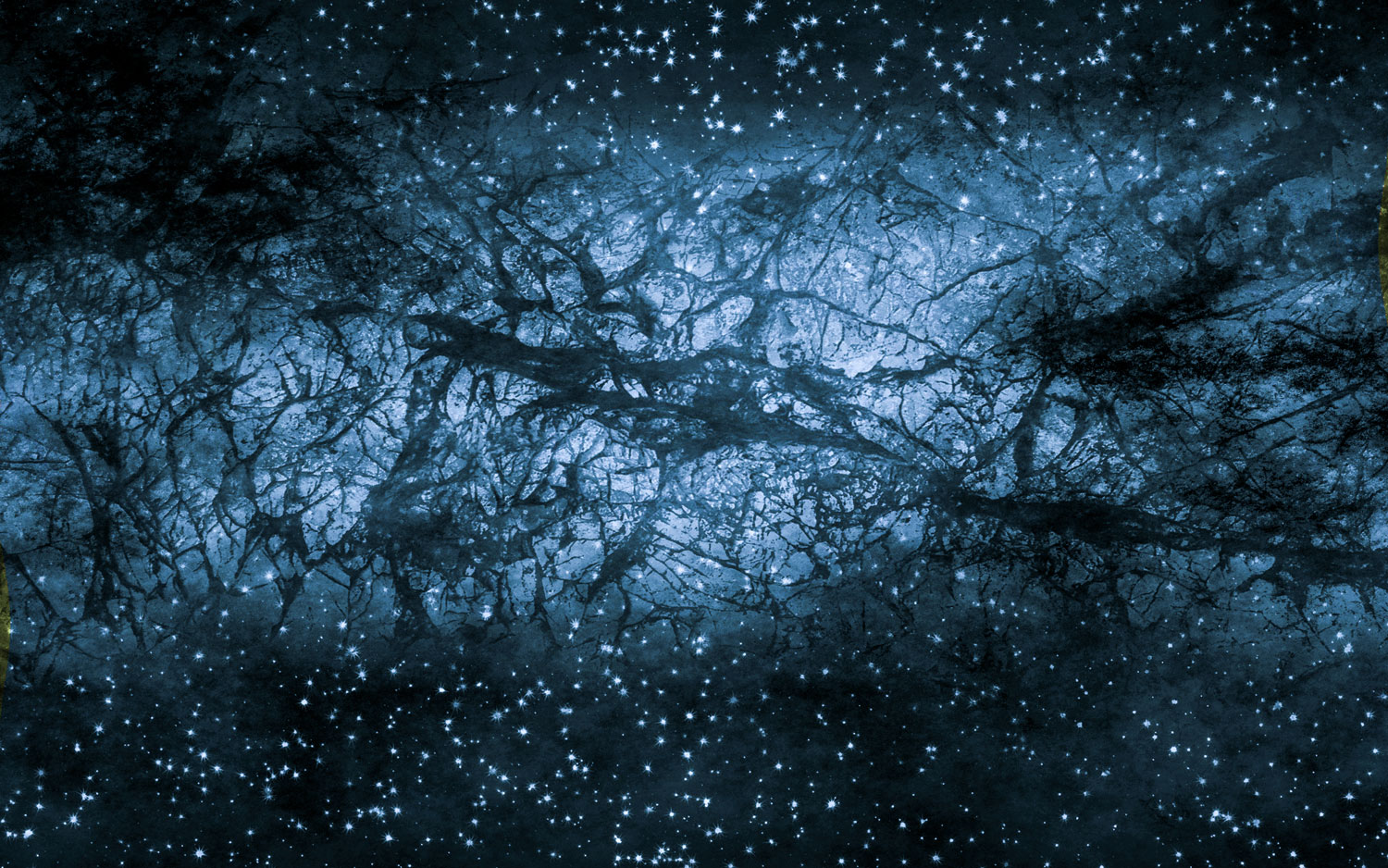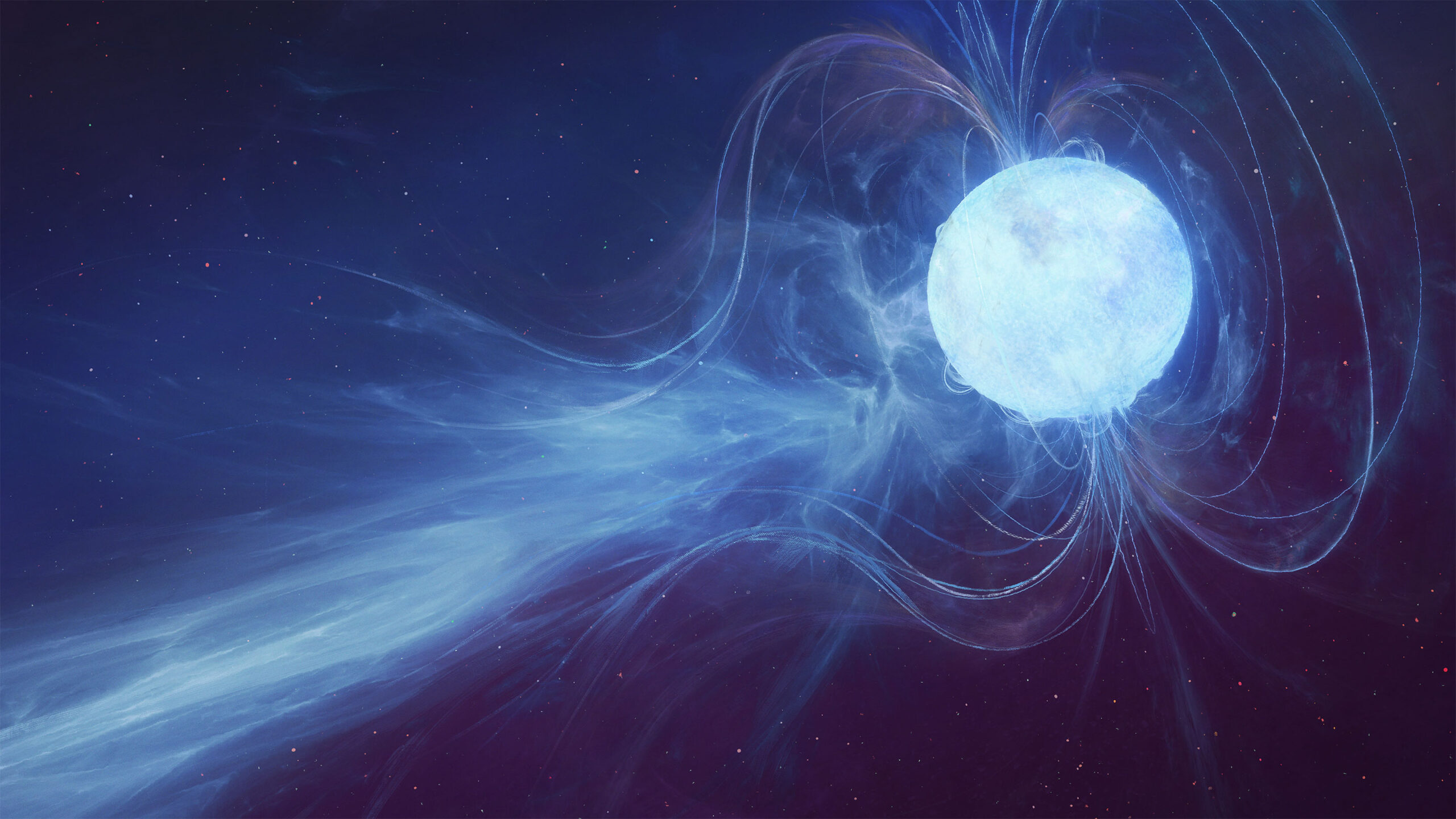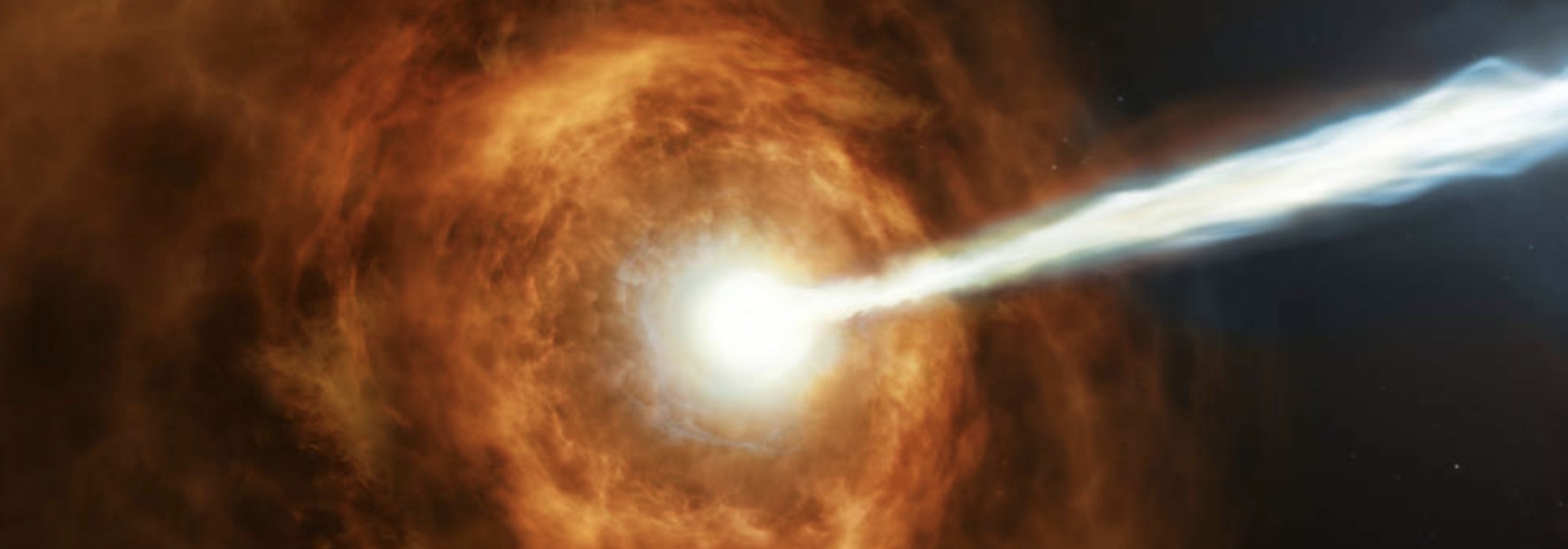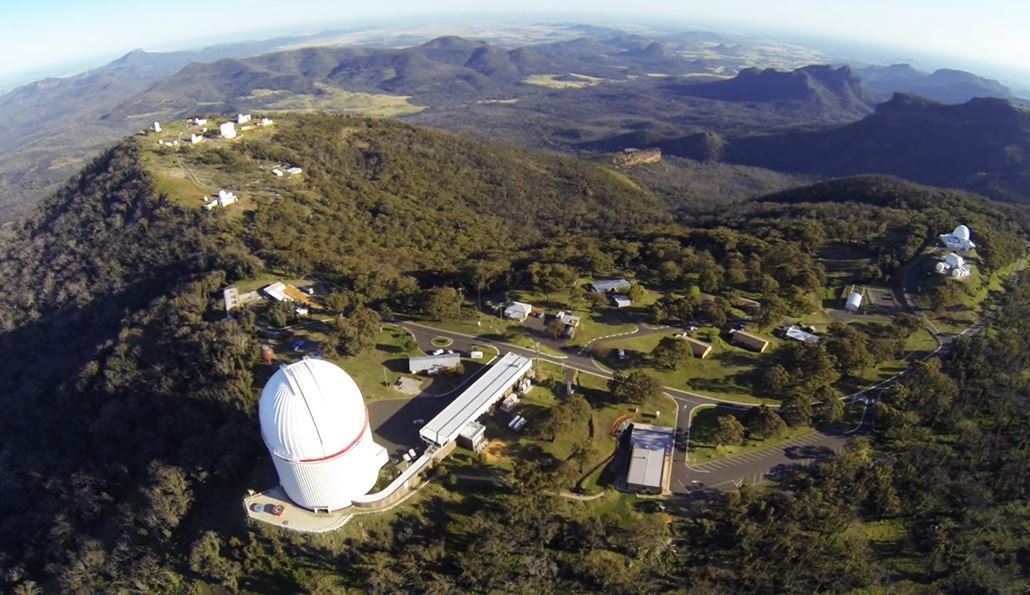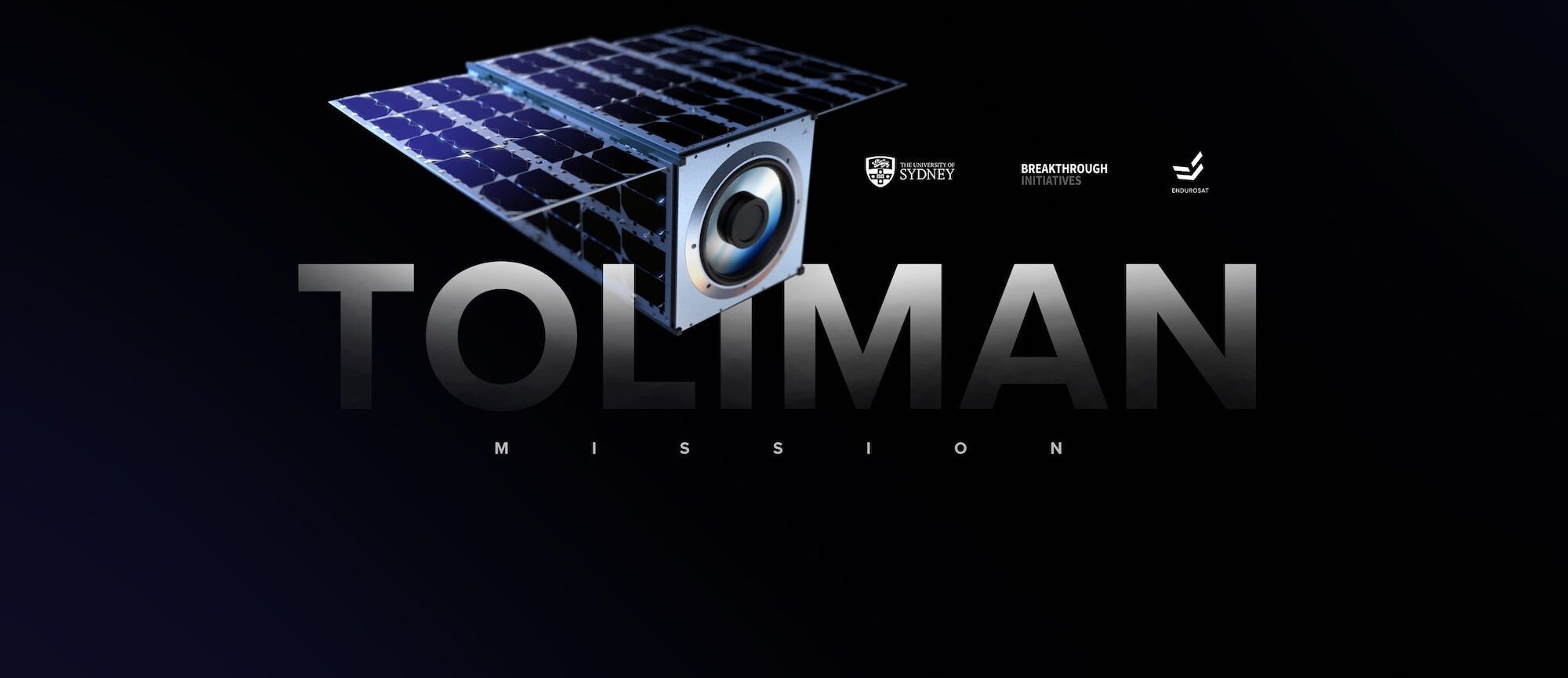News
Research.com, a leading academic platform for researchers, has just released the 2023 Edition Ranking of Best Scientists in the field of Physics. Congratulations to Joss Bland-Hawthorn who ranked #204 in the world ranking and #1 in Australia and has also been recognized with their Physics Leader Award for 2023. The ranking
Research.com rankings – Joss #1 in Australia
You may have heard about an asteroid set to fly near Earth that is the size of 18 platypus, or maybe the one that’s the size of 33 armadillos, or even one the size of 22 tuna fish. These outlandish comparisons are the invention of Jerusalem Post journalist Aaron Reich (who bills himself as “creator
From platypus to parsecs and milliCrab: why do astronomers use such weird units?
Documentary The Dark Side Of The Universe airs on ABC TV Amazing things happen every day. Despite this, the sum total of our sense impressions is only 5% of the totality of reality. Professor Tamara Davis talks to the pioneers in the search for the unknown parts of the universe.
Dark Side of the Universe
https://www.youtube.com/watch?v=7TVHhOFT2ac Explanation of Fast Radio Bursts. Source: ABC Why these flashes of energy happen is a mystery. But by studying them, we’ve solved a big question about our universe. Dr Manisha Caleb explains. The universe is vast and full of mystery and one that has been puzzling astronomers for a while
FAST RADIO BURSTS — explained in an elevator ride | Elevator Pitch
Gamma ray bursts are the most explosive events in the Universe. Astronomers last year witnessed the brightest ever seen and have analysed the results, with a Sydney team providing important evidence. https://youtu.be/nwZSO6ULI2o Animation of a gamma ray burst forming. Source: NASA Australian astronomers have provided vital information in the global
Blinded by the light: gamma ray burst brighter than any seen before
Integrated Sustainability Analysis (ISA) group and the Sydney Institute for Astronomy (SIfA) have won the Innovation Award for the OAASIS project at the 2023 Anti-Slavery Freedom Awards. Slavery is far from an issue of the past, with nearly 50 million people across the world living in conditions of modern slavery
University project wins Anti-Slavery Australia Freedom Award
SSO is set to be improved thanks to a grant from the NSW Regional Tourist Activation Fund of $557,120 which, when combined with an RSAA co-contribution, will revitalise the visitor experience by upgrading and enhancing the visitor centre. Photo: Deputy Premier, Paul Toole checking out 2dF This centre, in conjunction with
SSO – NSW Regional Tourist Activation Fund
Alpha Centauri tantalisingly close to look for extra-terrestrial life Led by Professor Peter Tuthill, the TOLIMAN mission to search for planets capable of hosting life around Alpha Centauri has taken a step forward, engaging EnduroSat to take our technology into orbit. TOLIMAN Mission Leader Professor Peter Tuthill is from the
Are we alone? University and EnduroSat join up in search for life among the stars
“Galactic cannibalism is how our universe grows” An international team of scientists led by a University of Sydney astrophysicist has discovered evidence the Andromeda galaxy is a cannibal growing through colossal intermittent feasts. The research, which is available on the pre-print server arXiv and will be published in the Monthly
A dark stream sheds new light on the life of galaxies
Follow SIfA on Bluesky


